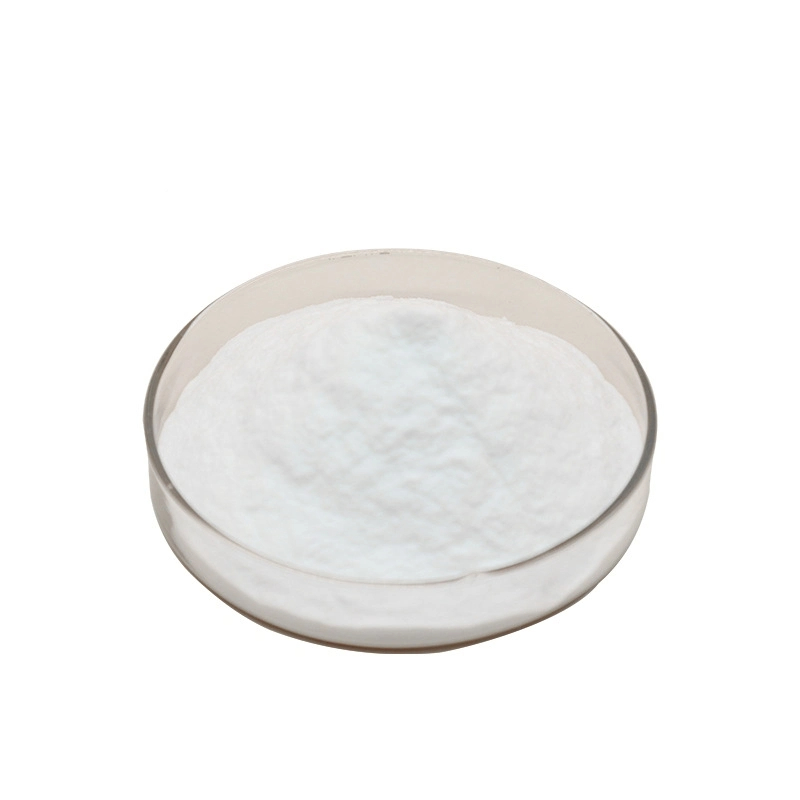



Common Chemicals Utilized in Water Treatment Processes for Purification and Safety
Chemicals Used in Water Treatment
Water treatment is a crucial process aimed at making water safe for human consumption, agricultural use, and industrial applications. The availability of clean water is essential for health and well-being, and many regions rely on a variety of chemical treatments to ensure their water supply meets safety standards. This article explores the primary chemicals used in water treatment processes, their functions, and the overall importance of these substances in maintaining water quality.
One of the most common chemicals used in water treatment is chlorine. Chlorine is a powerful disinfectant that effectively kills bacteria, viruses, and other pathogens that can cause waterborne diseases. There are several forms of chlorine used, including chlorine gas, sodium hypochlorite (liquid bleach), and calcium hypochlorite (granular form). When chlorine is added to water, it reacts with water to form hypochlorous acid, which is the active species that destroys harmful microorganisms. Despite its effectiveness, chlorine can react with organic matter in water to form disinfection by-products, such as trihalomethanes (THMs), which are potentially harmful. Therefore, water treatment facilities must carefully monitor chlorine levels and optimize contact time to minimize these by-products.
Another important category of chemicals used in water treatment is coagulants. Coagulation is the process of removing suspended solids from water, and it often involves the addition of substances like aluminum sulfate (alum) or ferric chloride. These coagulants help aggregate small particles into larger clumps, or flocs, which can then be removed through sedimentation or filtration. Coagulation not only helps in clarifying the water but also enhances the efficiency of subsequent treatment processes by facilitating the removal of other contaminants.
Fluorides are also commonly added to drinking water for the purpose of dental health. Sodium fluoride and fluorosilicic acid are the primary compounds used to fluoridate water. The addition of fluoride has been shown to significantly reduce the incidence of dental cavities in the populations that consume fluoridated water. However, it is crucial to maintain appropriate fluoride levels to prevent dental fluorosis, which can occur when excessive exposure to fluoride happens during childhood when teeth are developing.
chemicals used in water treatment

In addition to these chemicals, water treatment facilities often use pH control agents such as sodium hydroxide or sulfuric acid. Maintaining proper pH levels is vital since the solubility and efficacy of many disinfectants and coagulants depend on the water’s acidity. If the pH is too low, there can be an increase in the corrosion of plumbing systems, leading to potential contamination from metals such as lead and copper. Conversely, if the pH is too high, the effectiveness of disinfectants like chlorine may be diminished.
Furthermore, activated carbon is employed in water treatment processes to remove tastes, odors, and organic pollutants from water. This adsorbent material is particularly effective for removing volatile organic compounds (VOCs) and can significantly improve the overall aesthetic quality of drinking water. Granular activated carbon (GAC) systems are commonly used in both municipal and residential water treatment systems to ensure that water is not only safe but also palatable.
Finally, it is worth mentioning emerging contaminants that have prompted the exploration of innovative chemical treatment methods. Pharmaceuticals, hormones, and microplastics are challenging conventional treatment processes. Advanced oxidation processes (AOPs), which involve chemicals like ozone and hydrogen peroxide, are increasingly being developed to address these contaminants effectively.
In conclusion, the use of chemicals in water treatment is multifaceted, playing a vital role in ensuring that water is safe for human consumption and environmental sustainability. Through careful application of disinfectants, coagulants, pH control agents, and adsorbents, water treatment facilities serve as guardians of public health. Continuous advancements in treatment chemicals and methods will be necessary to meet the evolving challenges posed by contaminants in our water sources. As we move forward, striking a balance between chemical efficacy and environmental safety will be essential to safeguard our most precious resource water.
-
Why Sodium Persulfate Is Everywhere NowNewsJul.07,2025
-
Why Polyacrylamide Is in High DemandNewsJul.07,2025
-
Understanding Paint Chemicals and Their ApplicationsNewsJul.07,2025
-
Smart Use Of Mining ChemicalsNewsJul.07,2025
-
Practical Uses of Potassium MonopersulfateNewsJul.07,2025
-
Agrochemicals In Real FarmingNewsJul.07,2025
-
Sodium Chlorite Hot UsesNewsJul.01,2025










